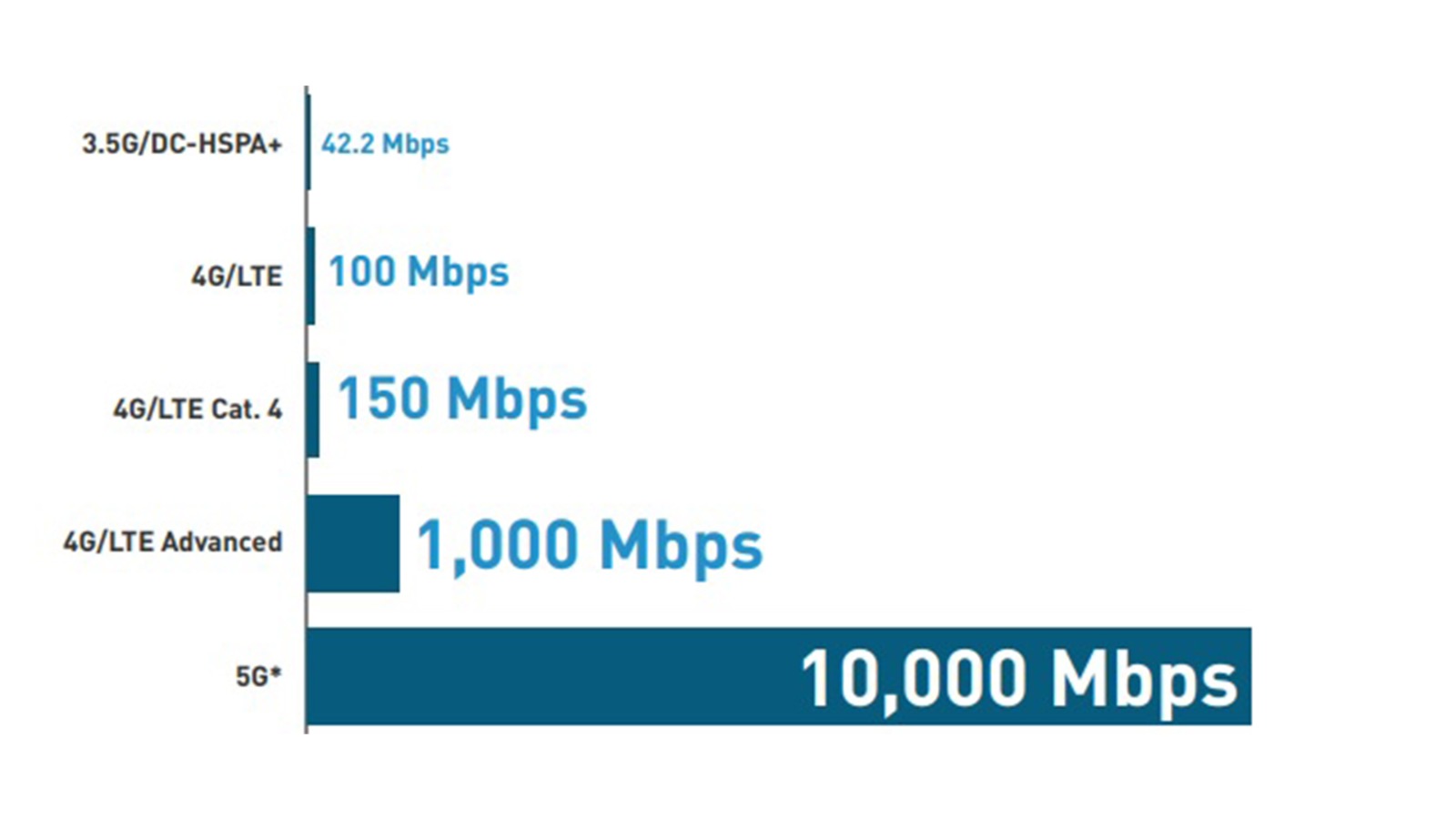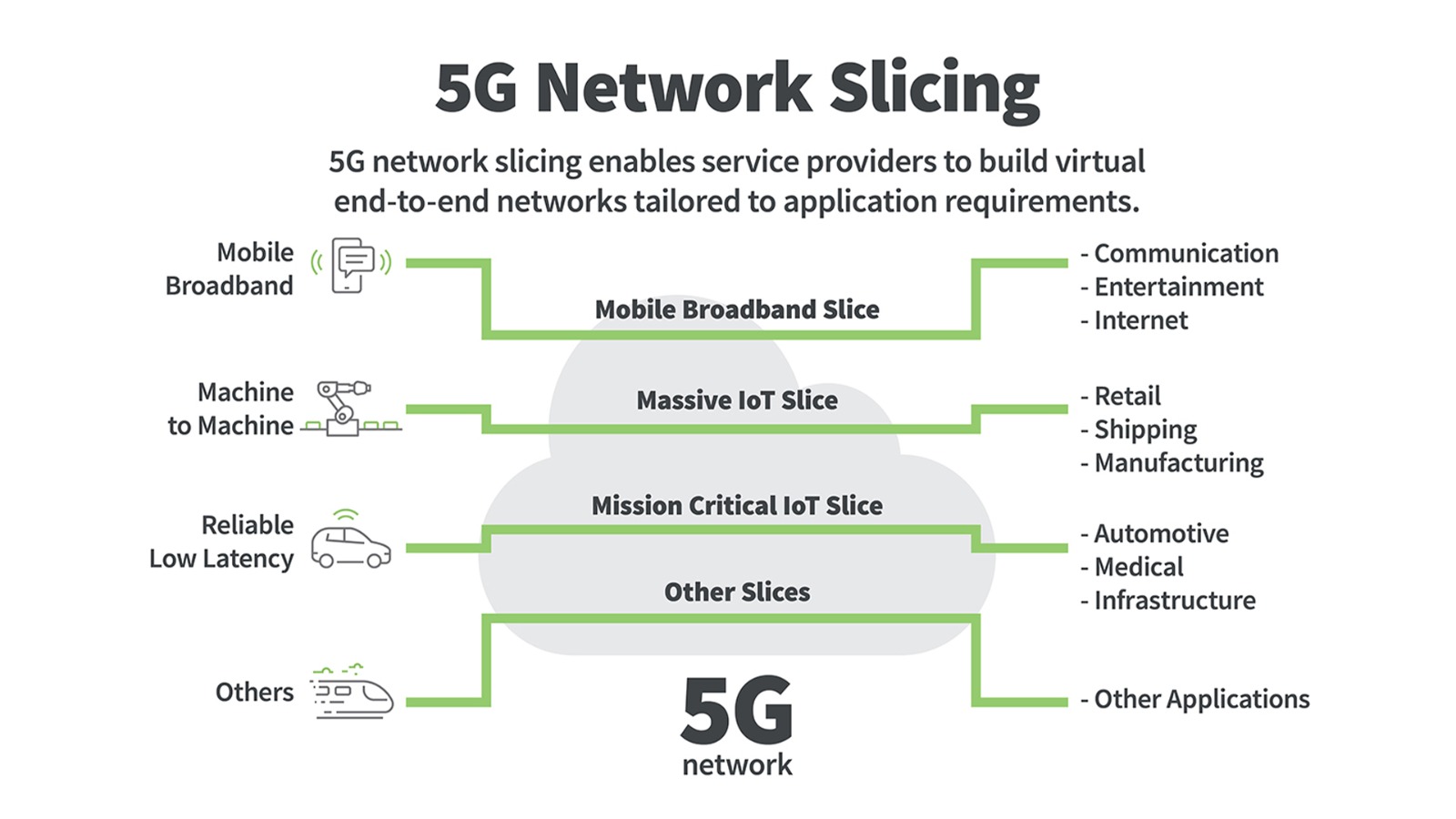Today’s mobile users are craving faster data speeds and more dependable service. Enter 5G—the next big thing in wireless networks, promising not just speed, but an abundance of enhancements. Picture downloading a high-definition movie in less than a second, a task that could currently consume a tedious 10 minutes on 4G LTE. But the benefits extend beyond mere speed. Industry experts foresee 5G catalyzing the advancement of various cutting-edge technologies like autonomous vehicles, virtual reality, and the Internet of Things.
Although the commercial launch of 5G is slated for the early 2020s, it’s still in the preliminary stages. Telecom companies and industry stakeholders are collaborating to define its scope. However, there’s unanimous agreement on one point: 5G must handle significantly more traffic at substantially higher speeds compared to today’s cellular networks, owing to the escalating number of mobile users and their escalating data demands.
To meet these lofty expectations, wireless engineers are crafting a suite of groundbreaking technologies. These innovations aim to deliver data with astonishingly minimal delay—less than a millisecond, a massive improvement from the approximately 70 milliseconds of today’s 4G networks. Furthermore, peak download speeds are anticipated to skyrocket to 20 gigabits per second, dwarfing the 1 Gb/s ceiling of 4G.
How does 5G work?
In the world of wireless communication, radio frequencies, or spectrum, serve as the backbone for transmitting data through the air. Similar to its predecessors, 5G operates on this principle, but with a twist—it taps into higher radio frequencies known as millimeter waves . These waves offer a less congested pathway, allowing 5G to push through more data at remarkable speeds.
Previously, mm waves remained largely untapped due to accessibility issues and the steep costs involved in setting up the necessary infrastructure. However, regulatory bodies have stepped in, making these frequencies available for licensing, paving the way for 5G innovation.
Despite their prowess in data transmission, higher frequencies encounter hurdles over long distances and can be easily blocked by physical barriers like buildings and trees. To counter this, 5G employs a strategy of multiple input and output antennas to strengthen signals and bolster capacity across the wireless network. Moreover, by strategically placing smaller transmitters on existing structures like buildings and street infrastructure, rather than standalone towers, 5G is poised to support an estimated 1,000 more devices per meter compared to its predecessor, 4G.
But the innovation doesn’t stop there. 5G introduces a revolutionary concept called network slicing, allowing operators to carve up a physical network into virtual segments. This adaptability empowers operators to allocate network resources based on specific needs, optimizing network management. For example, different slices can be tailored depending on the application’s importance; a video streamer might get a different slice than a business or simpler devices. Furthermore, businesses can lease their own dedicated network slices, shielding them from competing internet traffic and ensuring smoother operations.
How is 5G different from other “G”s?
What sets 5G apart from its predecessors, the 1G through 4G networks? Well, each generation has marked significant milestones in mobile communication. 1G brought analog voice in the ’80s, 2G digitized voice in the ’90s, 3G introduced mobile data in the early 2000s, and 4G LTE transformed the scene with mobile broadband from the 2010s onwards. But now, 5G is here to redefine connectivity. While previous generations introduced notable features, 5G takes it a step further by addressing its limitations head-on. It incorporates advanced technologies to offer improved connectivity, enhanced features, and faster speeds. Essentially, 5G boasts a reliable, high-performance interface, opening doors to innovative deployment models and a plethora of new services.
This next-gen technology is poised to infiltrate every sector, from healthcare to transportation, digitalized logistics, agriculture, and beyond. But what exactly sets 5G apart from its predecessors?
For starters, its speed is unmatched. 5G can hit speeds of 10 gigabits per second, five times faster than older networks. With 5G, tasks like database backups and movie downloads are lightning-fast compared to other networks.Then there’s the low latency. Ever wonder why 5G networks are so darn quick? It’s all about that low latency. In simpler terms, latency is the time it takes for data to travel from one point to another. In 4G networks, this delay is around 200 milliseconds. But with 5G, it’s slashed to just 100 milliseconds—a significant leap forward.Lastly, let’s talk bandwidth. 5G is like the wizard of the wireless world. It can expand spectrum resources, handling various frequencies with ease. Plus, it’s not afraid to dive into those millimeter waves, unlocking even more potential. It’s near to upgrading from a narrow country road to a superhighway. With 5G, you’re looking at way more capacity and speed, reaching several gigabits per second.

How fast are 5G speeds?
The speed of 5G surpasses any previous generation. It boasts peak data rates of up to 2020 Gbps, meeting IMT-20 requirements. Download speeds are a game-changer; with 5G, songs are a matter of seconds and movies are mere minutes away. The quality is unmatched, delivering HD video, crystal-clear audio, and console-level gaming on the fly. Whether you’re sharing, posting, working, or streaming in public, connectivity and speed are no longer concerns.
However, 5G isn’t just about speed. It brings a wealth of benefits beyond velocity. 5G expands network capacity with new spectrum, including ensuring smoother experiences. Additionally, it slashes latency, enabling lightning-fast responses and delivering a seamless user experience. Even while on the move, data remains consistently high. What’s more, 5G NR aligns with the foundation of Gigabit LTE coverage, ensuring users enjoy Gigabit-class connectivity wherever they go.

What are the benefits of 5G?
The potential of 5G to transform the mobile user experience is immense, thanks to its remarkable speed and advanced features. The impact of 5G will be revolutionary across industries, offering instant and seamless connectivity. Businesses stand to gain efficiency and reliability, while customers will enjoy swift access to information, empowering them to work with confidence. 5G’s benefits span across all ages and industries. Its peak speed is projected to be four times faster than 100G networks, while its low latency will facilitate new applications, artificial intelligence, and the Internet of Things. Additionally, the increased capacity of 5G networks will mitigate the effects of load spikes, ultimately enhancing the user experience. Here are some specific advantages :
1.Speed Upgrade :
Mobile networks are on a continuous trajectory of enhancement, striving to provide users with faster speeds. Each generation, from 1G to 4G, has built upon its predecessor, offering improved performance. However, with the advent of 5G, the game is taken to an entirely new level. 5G is set to outshine all previous iterations in terms of speed. With a projected speed of 10 Gbps, it’s four times faster than 100G networks. This superior velocity means users can download high-definition movies within mere minutes, saving precious time and enhancing overall user experience.
2.Flawless device connectivity :
With 5G networks in place, devices will enjoy lightning-fast connections. Users across the board will experience real-time, instantaneous connectivity and rapid access to data. In residential settings, numerous devices can seamlessly transmit and receive data over 5G networks, potentially numbering in the hundreds. In industrial sectors, this capacity will skyrocket, supporting the connectivity needs of thousands of devices.
3.Faster response time:
In numerous domains, the allure of 5G lies in its ability to deliver blazing-fast speeds. This is largely attributed to its remarkable response time. Commercial applications, in particular, demand a network that can swiftly respond to user requests. With 5G, this need is met, ensuring seamless and rapid access for use.
4.Stunning Reliability:
When it comes to capacity, loading speed, and low latency, 5G surpasses its predecessors, making it a more reliable option. Its enhanced productivity and efficiency outshine other networks, ensuring seamless connectivity without any interruption. This reliability proves invaluable in situations where real-time connectivity is essential.
5. Improved Capacity :
The multitude of advanced features in 5G outshines its predecessors by a long shot. Its hassle-free high-speed connection and expanded connection capacity make it the top choice for many. Consider crowded public places where everyone is glued to their mobile phones. During events or shows, the network often buckles under the pressure, resulting in slowed speeds. But with 5G, users can connect seamlessly, thanks to its low latency and enhanced capacity.
Where can you find 5G in action?
The power of 5G is being harnessed across three main connectivity service types: enhanced mobile broadband, massive IoT, and critical operation connectivity. The improvements in speed and connectivity that 5G brings have the potential to transform a multitude of industries. Its flexibility enables it to smoothly integrate into various environments and adjust to different operational needs. However, it’s crucial to grasp the specific service types that drive the utilization of 5G networks:
1.Enhanced Mobile Broadband:
5G networks are instrumental in elevating mobile experiences, yet their influence spans beyond simply enhancing smartphone usage. They notably improve augmented reality (AR) and virtual reality (VR) experiences by offering lower latency and more reliable data transmission. The rapid connections enabled by 5G are key in crafting immersive experiences. Enhanced Mobile Broadband (eMBB) focuses on bolstering system capacity and speed for end users, thereby enhancing their overall experience by catering to a diverse range of use cases.
2.Scaling IoT with 5G:
For users aiming for enhanced connectivity and seamless device integration, 5G emerges as the go-to solution. It facilitates the virtual linking of multiple sensors, providing cost-effective yet top-notch connectivity options. Leveraging a 5G network, Internet of Things (IoT) applications can effectively monitor diverse parameters like water levels, cleanliness, and HVSC systems. Industries with a focus on IoT applications are poised to reap substantial benefits from the capabilities of 5G. Furthermore, 5G networks seamlessly integrate IoT and artificial intelligence (AI) devices, elevating their effectiveness and versatility.
3.Critical Operations Connectivity:
The introduction of 5G heralds a transformative era across several industries, offering rapid response times and steadfast reliability. It ensures seamless and swift communication across vital infrastructure, medical procedures, and transportation systems, markedly improving efficiency. Moreover, 5G encompasses a range of advantages including remote control and monitoring, speedy service restoration, immediate issue resolution, and automation, thereby magnifying its influence across diverse sectors.

View Forex Rate and Gold Rate















